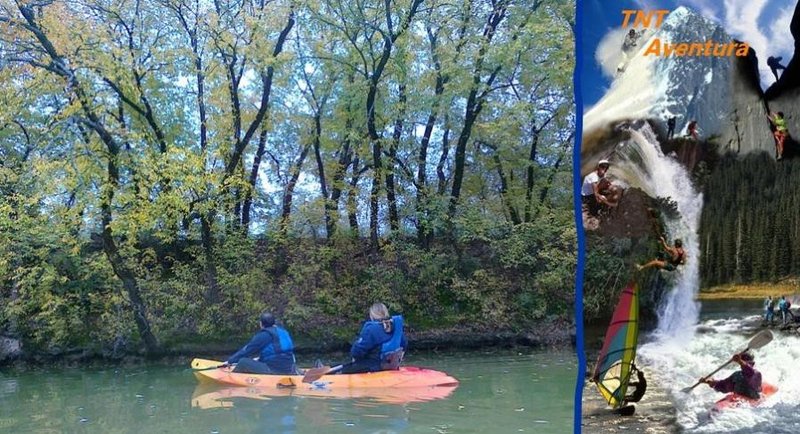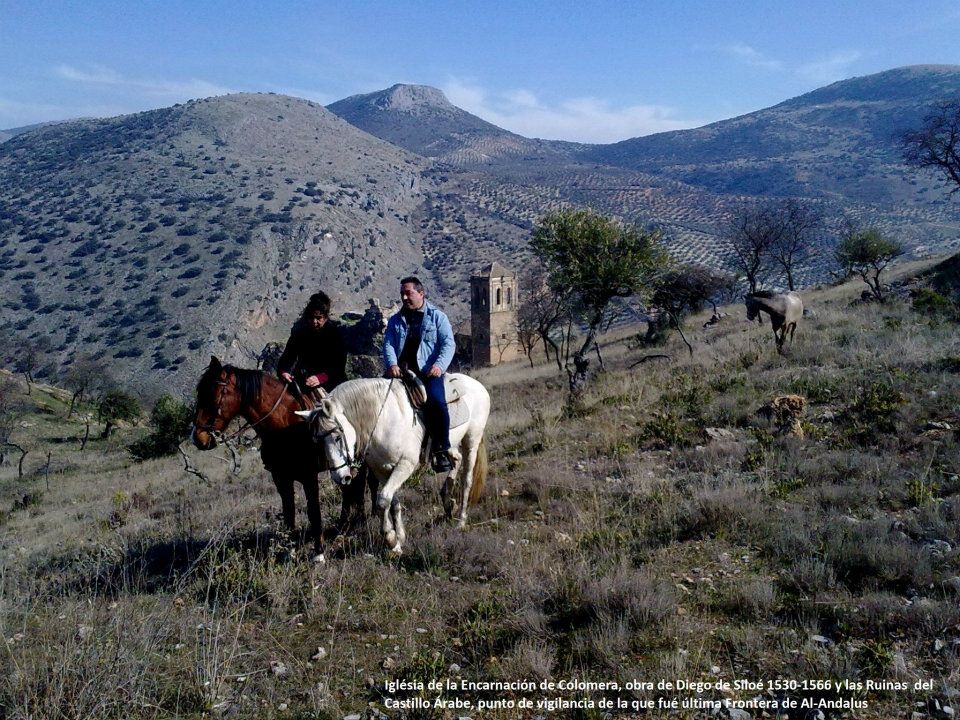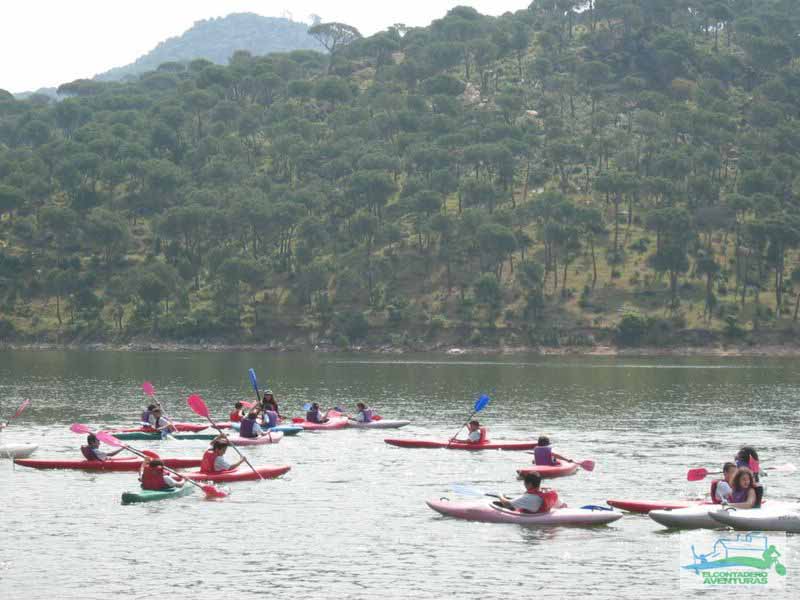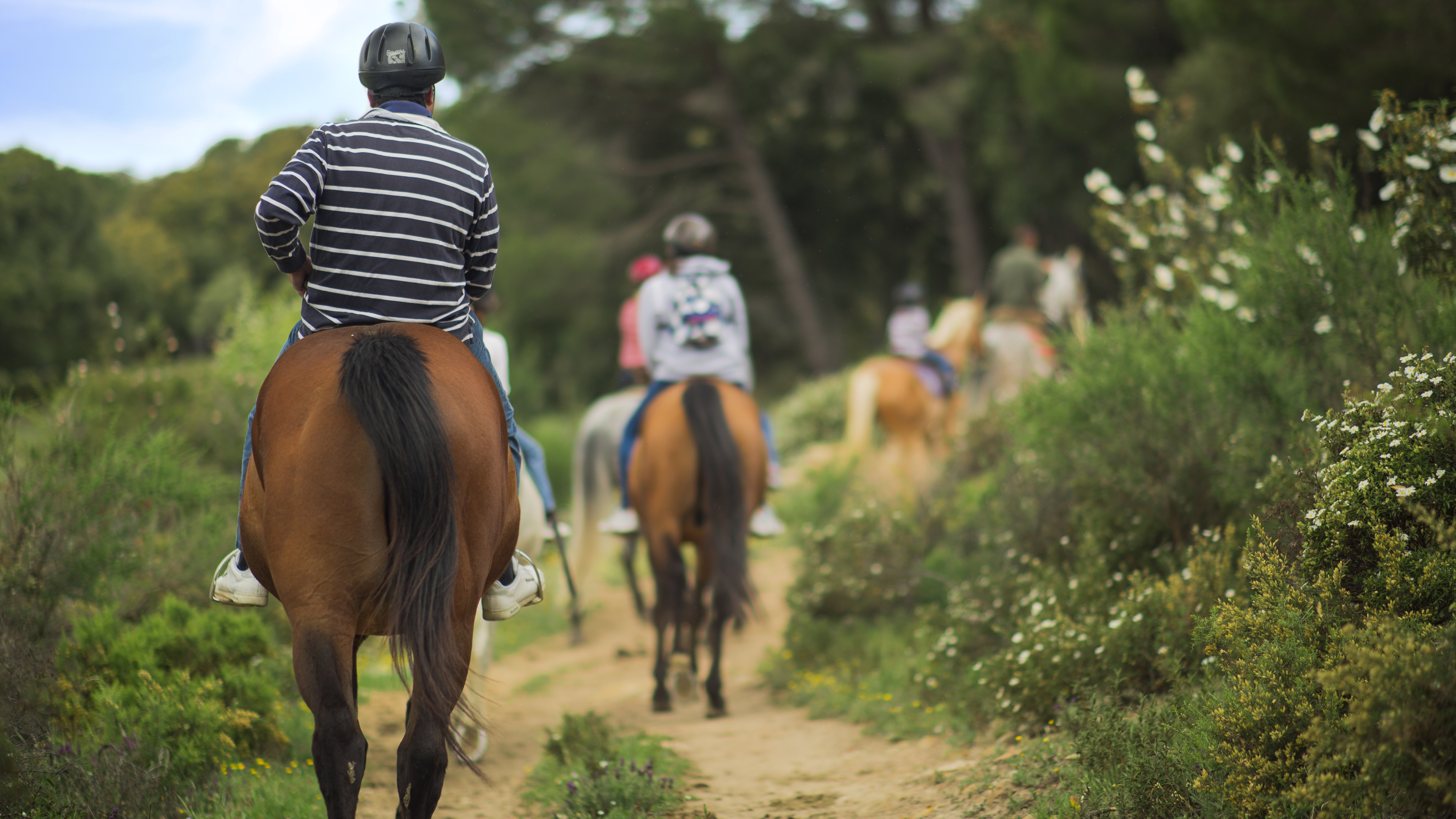Free Flying
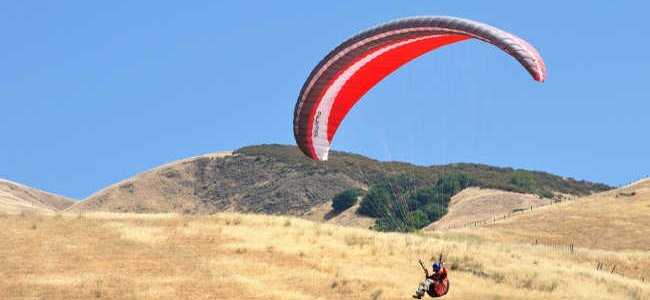
Both of these forms of gliding make use of the thermal air currents caused by the warming of air masses.
Abás Ibn Firnas, a humanist, scientist and chemist from Malaga, invented the hang-glider, which has permitted distances of nearly 1,000 kilometres to be covered by making use of thermal air currents. These enable the pilot to soar for hours and perform different types of acrobatics.
Paragliding emerged as a sport in the late Seventies, when two mountaineers used their parachutes to glide down from a peak they had just climbed.
Precautions and recommendations
It is important to know the weather conditions, especially the wind speed and direction, as well as the terrain you will be flying over.
Another good idea is to draw up a flight plan beforehand and then try to keep to it. You also need to check the state of your equipment and make sure you do exactly what experienced pilots tell you.
Necessary equipment
The essential equipment for hang-gliding comprises a harness, helmet, emergency parachute and a double safety harness attachment.
For paragliding you will need a suitable flying helmet, a harness, preferably with protection for the back, an emergency parachute, boots with extra protection for your ankles, and suitable, comfortable clothing such as a flight suit and a pair of gloves.
This equipment can be completed by maps of the area, a compass and an emergency flare, as well as food and water.
General information
Active tourism company
